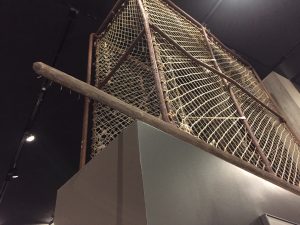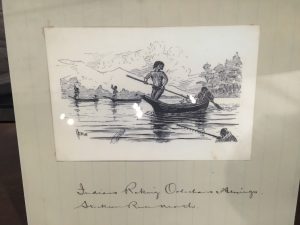Culturally Responsive Curriculum Standard B, part 3. states that there is an “in-depth study of unique elements of contemporary life in Native communities in Alaska, such as the Alaska Native Claims Settlement Act, subsistence, sovereignty and self-determination.” That resonates with me, as my grandparents and great-grandparents, as well as many older relatives and family friends that I knew growing up in Ketchikan were active in the ANB and ANS. That, however, speaks to a problem in Alaska Native communities of Southeast. ANB/ANS members were largely of a generation born in the 1920s and 1930s. Their children were less active, and my generation hardly at all.
It was my grandparents’ generation, and their parents, who were the at the forefront of Alaska Native civil rights, statehood, Prudhoe Bay, subsistence rights, and ANCSA. We are the beneficiaries of their generation, who demonstrated much resiliency against adversity. They attended boarding schools, where our language was nearly lost. Unfortunately, organizations like the ANB and ANS, which the older generations sustained, didn’t resonate with younger Alaska Natives.
Perhaps the mission has changed, but there are still many challenges facing young Tlingit, Haida, and Tsimshian. If not ANB/ANS, then the schools are a great place for young Natives to reconnect with what their forebears have accomplished. The culture has changed, particularly in regards to technology, which presents a danger of fragmentation with the past. But technology could also be a means of connection, bringing old and new together. Currently, there are a number of Elders who could speak to Alaska Native values of old, but their numbers only dwindle with time. Language revitalization is perhaps the most crucial component of keeping the culture alive, something that was nearly lost in the 20th century. Southeast Alaska Native people have demonstrated resiliency for untold generations. The young of today have been given the opportunity to redefine what it means to be Alaska Native in the 21st century. They are the cultural bearers of tomorrow. Those who carried the fight in the 20th century would be proud at what they have already accomplished.

